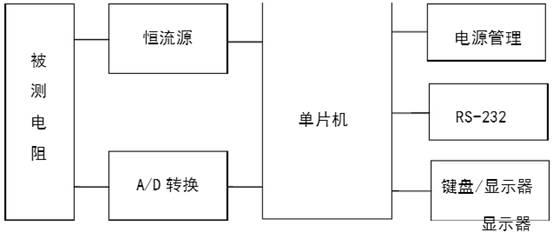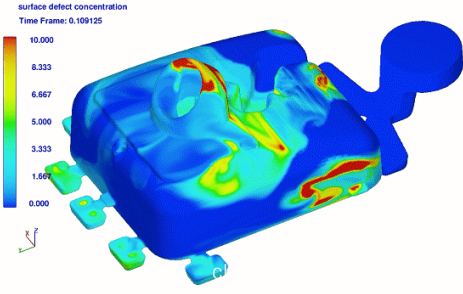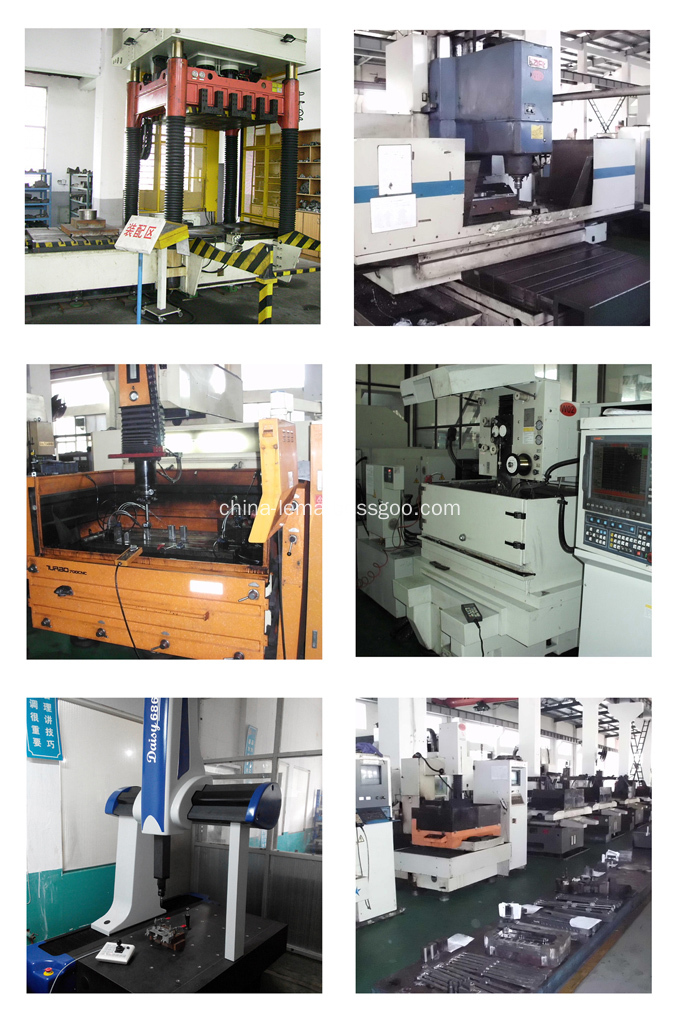DC resistance tester design
Blue Nest Electric is a professional R&D and production DC resistance tester. The DC resistance tester produced by the company is widely acclaimed in the industry , and strives to create an authoritative " DC resistance tester " high voltage equipment supplier.
Power transformers are one of the main equipments in power plants and substations. The role of transformers is manifold. Not only can the voltage be raised to deliver electricity to areas where electricity is used, but it can also be used to reduce the voltage to all levels of use to meet the needs of electricity use. It is a direct guarantee for the stable and safe operation of the power grid. Once the transformer fails, power cuts will be required, and even large-scale power outages will occur, resulting in huge irreparable economic losses. Therefore, from the production of the power transformer to installation and operation, its quality problems and fault detection directly affect people's normal life and work.
At present, there are three methods for measuring DC resistance of transformers: voltage drop method, bridge method and three-phase winding measurement method:
(1) Voltage drop method: The principle is to pass a direct current in the resistance to be measured, and measure the voltage drop on the resistance. According to Ohm's law, the measured resistance value can be calculated. When measuring the DC resistance of the winding, measure the DC resistance of each phase winding, and then use the measurement data to calculate the DC resistance of the coil. Where there is no bridge, this measurement method is generally used. Because each phase winding can be equivalent to a series circuit of resistance and inductance, after the power is turned on, the current in the inductor gradually increases from zero, after reaching a stable value, the voltage across the inductor suddenly increases from zero to the power supply voltage, and then gradually Falling to the steady state value requires a transition process, the length of the process depends on the circuit time constant RLt/?. The main drawback of this method is that it takes a long time to measure the exact value.
(2) Bridge method: The bridge method is divided into single-arm bridge method and double-arm bridge method. The principle is to use galvanometer, battery, and standard resistance to measure. The single-arm bridge method has a low cost, but the measurement error is large, and the measurement time is very long; while the double-arm bridge method improves the lead error of the single-arm bridge and greatly improves the measurement accuracy, but the measurement time is still very high. long.
(3) Three-phase winding simultaneous pressurization method: that is, voltage is applied to the three-phase winding of the transformer at the same time, and the DC resistance of each phase is measured at the same time. When three-phase windings are applied with voltage at the same time, the current flowing in each phase winding increases from zero. According to the right-handed screw rule, the direction of the magnetic flux generated by the three-phase current in each core column is different, and their effects cancel each other out. The result is that the resultant magnetic flux in the core is approximately zero. This makes the inductance value L greatly reduced, so the time constant Ï„ is also reduced to low, the transient process of the current change during the test is greatly shortened, a stable current value can be obtained in a short time, and then the DC resistance value of the winding is obtained. . This method is based on Lenz's law, so that the magnetic flux generated by each phase current cancel each other in the core, the resultant magnetic flux is zero, thereby reducing the value of the inductor L, so that the circuit time constant decreases, that is, reducing the measurement of DC resistance Time, improve work efficiency. In the measurement, it is also necessary to consider the influence of temperature on the size of the winding resistance and the unbalance ratio of the DC resistance.
The principle of DC resistance tester
The power transformer winding can be equivalent to a series connection of an inductor with a large inductance and a small resistance. Various measurement methods are based on this model. When a DC voltage is applied to both ends of the power transformer winding, the current flowing through the winding cannot be mutated due to the existence of the above-mentioned large inductance. Instead, it rises according to an exponential function and the process current satisfies the following formula:

According to the test principle of DC resistance, the overall system block diagram of DC resistance tester is designed as shown in the following figure:

The domestic current situation of the die-casting mould
Die Casting Mould industry has developed rapidly in our country, the total output growth significantly, domestic die casting mold production after the United States, has become the second in the world, become the veritable die-casting superpower. It can have such achievement because of our country with unique broad market advantages and relatively cheap labor force. Depend on very obvious price in the international trade market, we produced the die casting mould which occupies a bigger superiority, according to the situation, in the future Chinese die casting industry development prospects are very broad.
The designing of die
casting tooling
1, According to the materials, shape and precision product, analyze technology,
decide of the process.
2, Confirm the location of product in the mold cavity. Analyze parting surface,
overflow system and the gating system.
3, Design the various activities of the core are assembled and fixed method.
4, Design the core-pulling distance and force.
5, Design the ejection device.
6, Confirm the die casting machine, design the mould base and the cooling
system.
7, Checking the mould size and die casting machine, drawing the process
flowchart and component of die casting mold.
8, Design is complete.
Die-casting mould making flowchart

Aluminum injection mould material and materials and its properties
Material of aluminum die casting mould: H13, ASSAB DIEVAR, SKD6;
Mould base: #45 steel, standard mould base (LKM);
Hardness after treatment: RHC 48~52;
Standard Configuration: Cooling system;
Tolerance: 0.1mm;
Machining equipment: CNC gantry milling machine, middle-speed WEDM machine, slow-feeding EDM, die spotting machine;
Mould life: 50000 shots ~ 100000 shots;
Lead time of die casting mould: 40 days-60 days.
What is the Moldflow analysis, this conception derived fromtaiwan. it's a precess through the computer for injection molding simulation by data simulate software, and get data result. Then assess the feasibilty of the mold program through these results to perfect mold and production designation.The common software for plastic mold such as moldflow, moldex 3D and so on. And the common software for Aluminum Die Casting Parts such as PROCAST, FLOW 3D and so on.

The conventional materials of die casting core, insert, slider

Production of die casting mould and QC control

Die Casting Mould
Aluminum Die Casting Mould, Zinc Die Casting Mould, Die Casting Mould, Die Cast Mold
NINGBO BEILUN LEMA MACHINERY TECHNOLOGY CO.,LTD , http://www.china-lema.com
